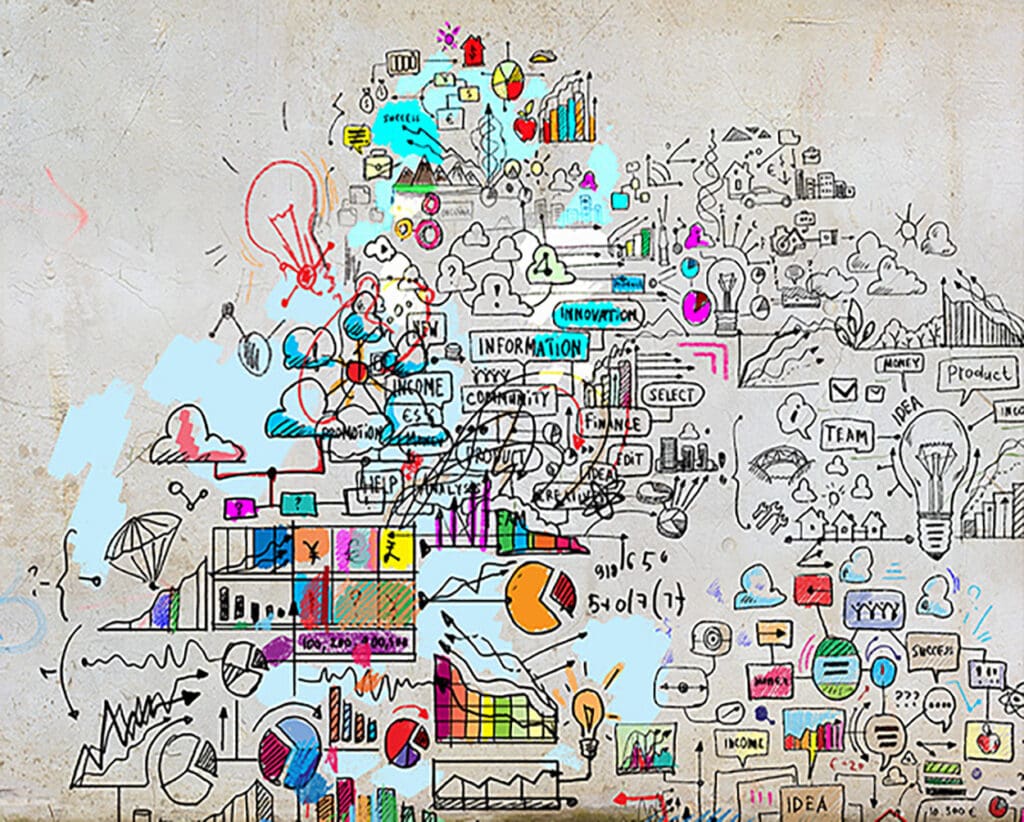The La La Land effect: how brands can appeal to our need for escapism
Escapism is one of the primary functions of digital media consumption. Uses and gratifications theory argues that audiences actively use media for their own gratification and pleasure, rather than passively consuming the messages it articulates.
Closely linked to Maslow’s Hierarchy of Needs, we know that audiences consume media for a variety of reasons. We look for information to the desire to escape from the reality of day to day life. We consume anything from dramatic soap operas to you-can-be-anything-you-want-to-be reality TV, high action films to glossy lifestyle shows. It is easy to see that digital escapism is everywhere in the TV and film industries.
But if one of the primary reasons people engage with media is as a means of escape. So, how can marketers appeal to consumer escapism with their products or services? It can be argued there are two sides to the marketing escapism coin:
1) escapism through reimagining, which is mainly seen in social media marketing
2) the concept of “digital detox”, which seeks experiences as a form of escapism
Very different in nature, though each requires a different response from brands. Here are two simple ways brands can address each of their consumer’s needs.
1- Escapism through online re-imagination – rethinking platforms
In a recent feature article for Campaign Live, Nicola Kemp argued that it has never been easier for digital consumers to act out their escapist impulses. She suggests ‘from the growth of augmented worlds and digital spaces to immersive experiences, this desire to pursue new avenues of self-expression and self-actualisation shows no sign of abating.’
Kemp points to the success of La La Land and other nostalgic musical films as indicative of this form of escapism. She quotes Neil Hughston, the chief executive of London-based agency Duke. He suggests brands must therefore be bolder in their interactions with consumers.
Brands can benefit from marketing escapism without breaking the bank in a number of ways. They should consider the social media platform their brand engages with. For the young generation, Facebook is little more than reality playing out in the digital sphere. Kemp sees the success of platforms like Instagram, Pinterest and Tumblr as suggestive of consumer’s desire for alternative brand engagement. Recent reports show that Instagram delivers almost four times more engagement than Facebook. By shifting to these platforms brands can buy into this desire for glossy content and opportunities for self-reimagining.
2- Digital detox – experiential brand offerings
Running in tandem with the rise of Instagram-style social media, and yet in many ways diametrically opposed to this trend, is the concept of “digital detox”. The term has become something of a buzz word in the last few years. It’s a period of time in which we unplug from our devices and disconnect from the internet. FastCompany argued in 2015 that scientific research into the benefits of switching off from digital found ‘life changing’ results, including the chance to make more meaningful friendships, better posture, improved memory and better sleep.
With such impressive results, it is little wonder that more of us are turning towards the digital detox. It’s not actually a way of life. Instead, detoxing happens periodically. But where does this leave brands who rely on digital as their primary form of interaction with consumers?
Marketing Week argues that rather than see this as a threat, digital detox in fact ‘gives brands an opportunity to connect with [consumers] in a more meaningful way’ by providing experiential marketing. A good example of this is Innocent’s Unplugged festival. For the previous two years, it has given fans of the brand a ‘weekend off the grid to escape their busy, stressful city lives where they are constantly connected to friends, email and overloaded with information.’
Instead, it aims to provide a ‘wholesome experience’ in line with the brand’s values. They want to ‘help people live well and die old’. It also harks back to the company’s roots as a pop-up smoothie stall at music festivals. Innocent have shown that brands can embrace the escapism trend that the digital detox epitomises.
Choosing your escape
Although both markedly different in their execution, reimagining and detoxing both have their place in marketing. Both social media and the paired-back nature of the digital detox trace their roots to the need for escapism. We want to get away from our busy and yet often routine lives. Which form of escapism you identify as most relevant to your consumers? There are simple and cost-effective creative marketing ideas you can ensure that your brand fulfils their needs and maintains that all important trust and connection.
If you’d like to talk about your marketing strategy with our creative experts, please get in touch.




